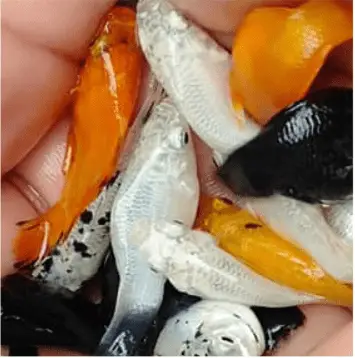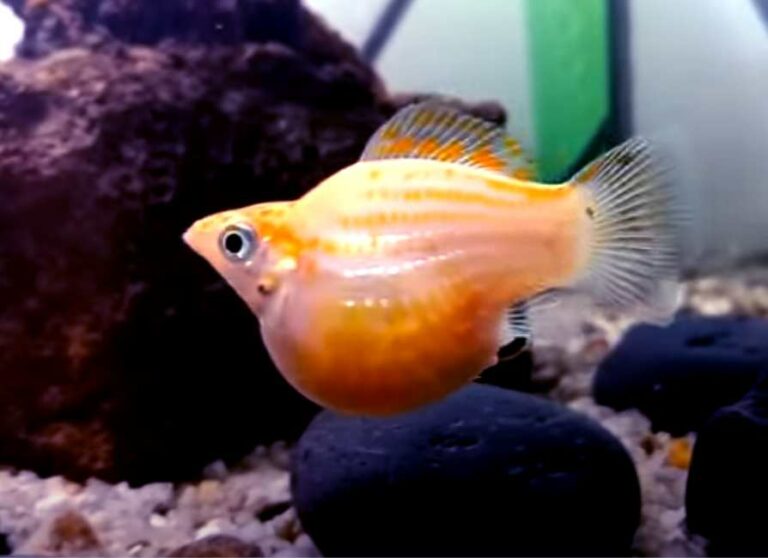What are the Problems with Keeping Molly fish? [7 Problems & Solutions]
Mollies are a fish worth considering if you are looking for a peaceful and adaptable addition to your aquarium. They have a great reputation and are known for their ability to get along with other fish species. Plus, mollies come in a variety of beautiful colors and patterns that won’t break the bank.
No wonder they are a popular choice for community and beginner aquariums.
However, it is essential to remember that mollies are not without their challenges. While these issues are not guaranteed, it is still helpful to be aware of them before diving in and purchasing your first mollies.
The good news is that most of these problems have solutions. So, without further ado, here are the most common issues you may encounter when keeping molly fish.
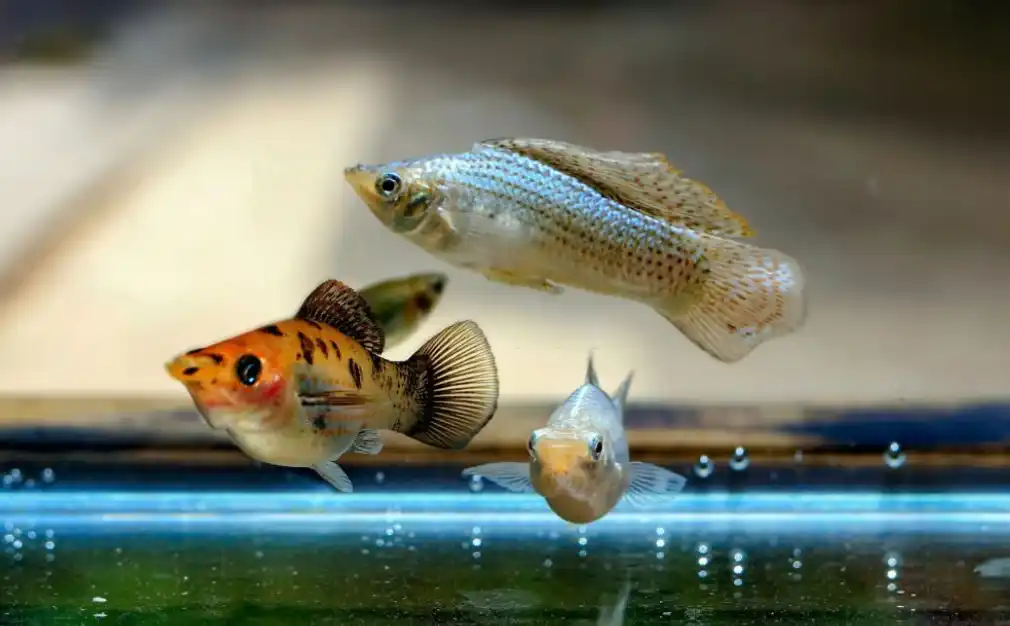
Table of Contents
- Many Diseases That Affect Mollies easily
- Mollies can die without no reason
- Mollies reproduce fries a lot more than you expect
- Mollies tend to Eat Their Fry
- Mollies need a properly setup temperature
- Mollies Fight Each Other
- Mollies tend to Jump Out from fish tank
- Conclusion
Many Diseases That Affect Mollies easily
Mollies are hardy fish that do not require much fuss when it comes to their tank setup or water conditions. However, they do require a fair amount of maintenance.
Mollies are known to be some of the most sensitive fish out there. They are prone to various diseases, parasitic and fungal infections that can prove fatal if not treated promptly.
here is a table of some common infections and diseases that can affect Molly fish:
| Disease/Infection | Symptoms | Causes | Treatment |
|---|---|---|---|
| Ich (White Spot Disease) | White spots on body and fins, rubbing against objects, loss of appetite | Parasite (Ichthyophthirius multifiliis) | Raising water temperature, adding aquarium salt, medications |
| Columnaris | Fuzzy white patches on body and fins, lethargy, loss of appetite | Bacteria (Flexibacter columnaris) | Antibiotics, removing infected fish |
| Dropsy | Swollen body, bulging eyes, raised scales, lethargy | Bacterial infection (usually Aeromonas spp.) | Antibiotics, improved water quality |
| Velvet | Gold or rust-colored dusting on body and fins, clamped fins, loss of appetite | Parasite (Oodinium spp.) | Raising water temperature, adding aquarium salt, medications |
| Swim Bladder Disorder | Difficulty swimming, floating to the surface or sinking to the bottom | Various causes including bacterial infections and poor diet | Treating underlying cause, improved diet |
| Fin Rot | Fins appear ragged or frayed, may develop white or red edges, loss of appetite | Bacterial infection (usually caused by Aeromonas or Pseudomonas spp.) | Antibiotics, improved water quality |
| Popeye | Bulging, protruding eyes | Bacterial infection (usually caused by Aeromonas spp.) | Antibiotics, improved water quality |
One of the most common health issues that mollies face is caused by parasites. Unfortunately, these parasitic infections can be challenging to detect until the damage is severe.
Velvet disease, ich, fin and tail rot, and hexamitiasis are just a few diseases caused by parasites or fungi that can cause skin peeling, bleeding, and even holes in the body or head of mollies.
Bacterial infections like Columnaris can also cause paralysis, while other infections can cause internal damage before any visible signs appear. Diseases like tuberculosis, dropsy, and viral hemorrhagic septicemia can damage the liver and kidneys and eventually lead to ulcers and sores on the body.
The good news is that most of these infections are treatable with the proper medication. It’s also worth remembering that while genetic diseases are rare, scoliosis is relatively common among mollies.
This disease can be caused by environmental factors, leading to poor development and difficulty swimming for the fish.
Read More About: – Why Is My Molly Turning White?
Mollies can die without no reason
Mollies are often touted as being a hardy fish breed, but that’s not entirely accurate about them. While they can tolerate a range of water temperatures and conditions, there are no guarantees. Unfortunately, it’s not uncommon for mollies to die unexpectedly due to sudden fluctuations in water quality.
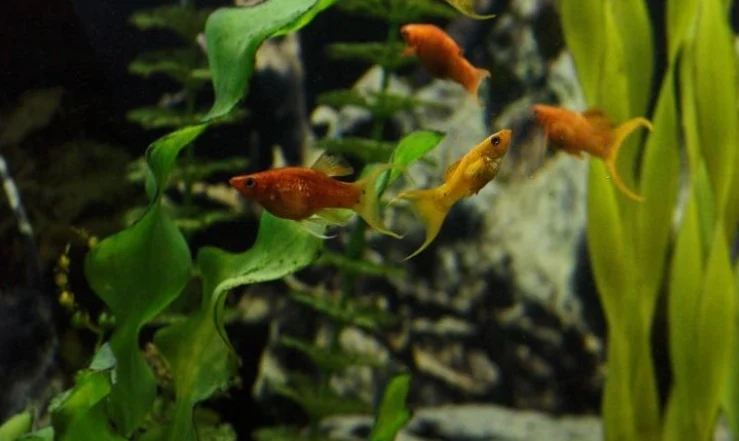
Mollies can handle a wide range of water parameters as long as the changes aren’t sudden. If there’s a sudden shift in water temperature, pH, or nitrate levels, mollies can go into shock and stress, which often results in sudden death.
Even less severe but frequent water fluctuations can stress out mollies, which can lead to decreased appetite and a weakened immune system. This makes them more susceptible to infections and parasites, which can be fatal.
Another potential issue is ammonia poisoning. Even small amounts of this compound can burn a molly’s gills and cause respiratory problems. Unfortunately, ammonia is invisible to the naked eye, so it can be tough to detect until it’s too late.
Mollies reproduce fries a lot more than you expect
They are incredibly prolific breeders. Male mollies are known to mate with as many females as possible, and female mollies give birth once every 30 days, producing anywhere from 20 to 60 fries each time.
Read More About: – Can Mollies Have Babies Without Males? [3 Vet advice]
If you’re not interested in keeping all the fry, managing a molly tank can be challenging. Separating male and female fish doesn’t always work out either, as male mollies can become aggressive towards each other in the absence of females.
To keep the peace, it’s recommended to have three females for each male molly in the tank. It’s also important to consider these fish’s breeding potential when choosing the size of the tank.
tinyfishtank
Mollies tend to Eat Their Fry
Mollies are known to be voracious eaters and will eat anything they can swallow, including their fry. Both male and female mollies are guilty of this, so don’t expect them to win any parenting awards. This is not a major concern if you are not trying to breed your mollies.
However, if you want to breed mollies as a hobby, this can be a problem. You’ll need to be vigilant and invest in extra equipment, such as a breeding box or a separate tank.
It’s best to separate the pregnant molly from the main tank while she’s giving birth to make it easier to care for the fry. A second tank is the best option for this.
Once the female molly is done giving birth, she’ll need to be moved back into the main tank; otherwise, the female molly will start eating her fry.
You’ll also need to wait until the young fish is big enough before moving them into the main tank. Breeding mollies can be a wild ride.
Mollies need a properly setup temperature
If you plan to keep mollies as pets, invest in an aquarium heater. These little fishies come from tropical waters and prefer warmer water temperatures. The ideal temperature range for mollies is 72° to 78°F. While they can survive in lower temperatures, it’s not perfect.
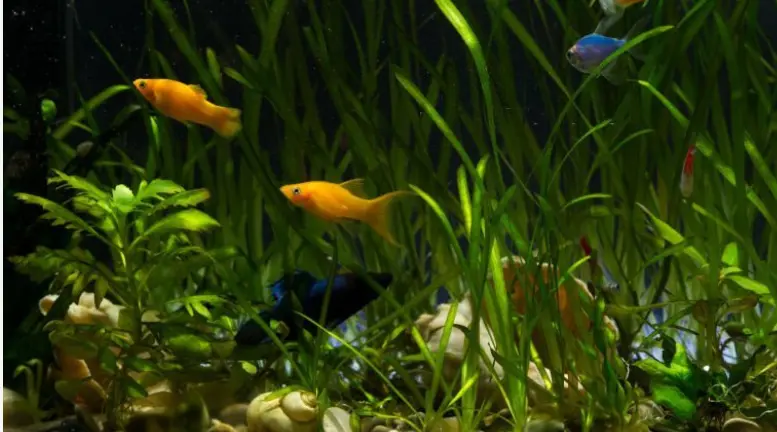
Cooler temperatures can slow down their metabolism and weaken their immune system. Anything below 60°F can be fatal for them.
Depending on where you live, the temperature can fluctuate quite a bit. If you have to crank up the heat in your house to stay warm during the winter, you will need an aquarium heater to keep your mollies happy.
It is essential to monitor the water temperature regularly and adjust the heater accordingly to keep your fishies healthy.
Mollies Fight Each Other
Mollies are typically pretty chill fish, but they do have their moments. Sometimes, male mollies can turn on each other and even other fish. Although they’re not usually territorial, they can form a pecking order.
When male mollies are feeling stressed, they can get aggressive with each other.
All kinds of things can stress them out, from changes in the water quality to new tank mates to competition for food and love interests. So, if you are thinking of adding new mollies to your tank, be prepared for a bit of drama.
When you add new mollies to your tank, it can be a real game-changer. While mollies are generally chill fish, things can get rough if the newcomers start to bully the older fish or if the original fish gang up on the newbies.
If there is not enough grub to go around, male mollies will fight for their chance to chow down. And if there are not enough females in the tank, male mollies will jostle for their right to mate.
But all this aggression can lead to stress, physical injuries, stunted growth, and even death.
Bullied mollies may end up with infected wounds and may not get enough food to thrive. They might even become so fearful that they spend most of their time hiding.
So keeping a close eye on your mollies and creating a peaceful and harmonious tank environment is essential.
Mollies tend to Jump Out from fish tank
Mollies are real daredevils! These little fish breeds can jump out of their aquarium if they feel like it. They might try to escape if their tank is too crowded or if they feel threatened by their tank mates. Poor water quality or other stressful conditions can make them want to leap.
But sometimes, mollies jump just because they’re curious and energetic creatures who want to explore the world beyond their tank. Unfortunately, the world outside is no place for them.
And here’s the weird part: sometimes, mollies jump out of their tank just for fun! It seems like jumping is just part of their nature.
In any case, keeping your mollies safe by using a weighted aquarium lid to prevent them from jumping out and meeting an untimely end is essential.
How To Keep Your Mollies Healthy And Happy? [8 Secrets Reveal]
tinyfishtank
Conclusion
To sum it up, keeping mollies can be tricky. These little guys breed like crazy and can easily take over a tank if you’re not careful. But on the flip side, they also like to snack on their babies, which can make breeding them professionally or as a hobby a real challenge.
Male mollies can get pretty aggressive and pick fights with their tank mates. And to top it all off, mollies are picky about their water quality, so you need to keep a close eye on it. And don’t forget about the infections and parasites they can get too.

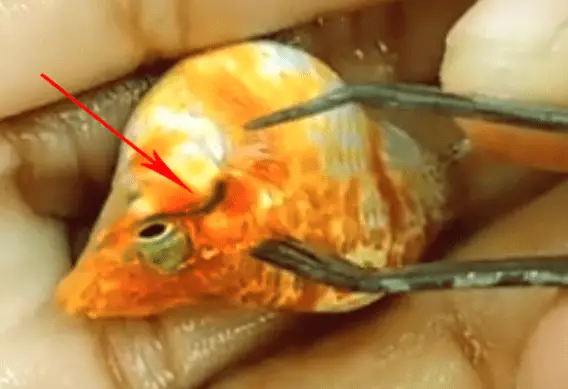

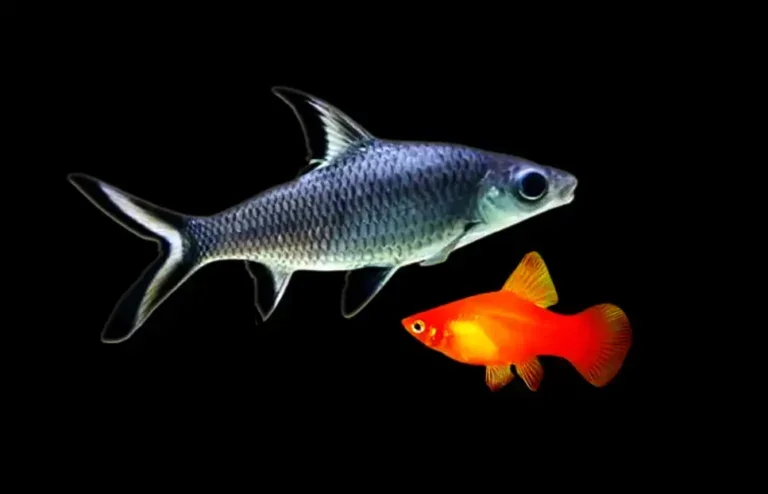
![How to tell if Molly is Pregnant? [4 Pro Tips]](https://www.tinyfishtank.com/wp-content/uploads/2023/03/How-to-tell-if-Molly-is-Pregnant-768x472.webp)
